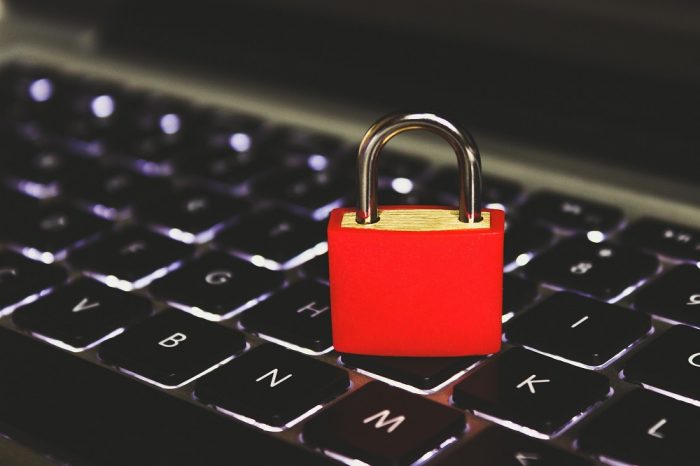
In the last ten years, data giants like Google and Facebook have also suffered data breaches leaking user information and putting thousands of users at risk of data theft. Every day, a tone of personal user data is stored in website servers whenever you connect to the internet.
Encryption is a data protection measure that protects any sent, received, or stored data in a device. This includes text messages on your smartphone, banking information on your personal computer, or saved logs on a fitness gadget.
Encryption scrambles this data, making it unreadable unless one has an encryption key or secret code. Encryption is the best way to ensure data security for sensitive information.
How encryption works
Encryption is a process that takes plain text like login details, emails, or texts and changes them to an unreadable format referred to as ‘ciphertext.’ This maintains the confidentiality of the digital data, whether it is stored or being sent.
If the data is being sent with encryption, the recipient is the only one who can read it in its original format by decrypting it. To unlock this message, the recipient will need a code/encryption key from the sender. This is an algorithm used to unscramble data into its original readable format.
If you are concerned about your digital data privacy, any of the following smart strategies can reduce your chances of falling victim to future data breaches.
4 Ways that your data can be encrypted

Keep your devices up to date.
An easy and effective way to enhance the security of your devices and computers, and by extension your data, is by ensuring they are running the latest software.
Updates are a way for manufacturers to patch security loopholes before they become an issue to the users. By updating your devices, you ensure all the latest security loopholes are sealed.
Once you install an update, double-check your digital privacy settings to ensure the new update has not altered your settings. To ensure your devices are always updated, allow the device to install any new updates automatically.
Use a VPN
Using a VPN for data encryption creates a privacy tunnel for data exchange whenever you are online. All the data sent to and from your device go through the protected tunnel that encrypts it, making it unreadable to anyone without authorization. To hackers, the data appears scrambled, thereby deterring their hacking scheme.
With VPN encryption, you can safely use public Wi-Fi networks without risking being hacked into or losing your data.
Use 2FA
While passwords work to protect your data, 2FA (two-factor authentication) can make any password breach useless for the hacker. With 2FA, a user must enter an automated code after entering the right password when logging into an account. This code, referred to as the second factor, is sent to the user’s phone or email, making it difficult for anyone without the information to gain access to an account.
Use a password manager.
Using the same password for all your accounts is the easiest way to get hacked. A password manager can be described as a virtual vault where passwords are generated and stored. The good thing about a password manager is that you can use complicated passwords for all your accounts without memorizing them.
The most popular password managers also alert you when there is irregular activity on your account and when you need to change your passwords. In addition, most of these managers are free or affordable.
To set up a password manager with your accounts, you need to login into each of the accounts and opt to change the password. The manager will generate a unique password for each account and store it. Later, it will sync these changes on all your devices.
With these four tips, you can significantly minimize the chances of falling victim to data loss or your privacy breached. Being aware of digital data security issues ensures you remain on the right path to safeguarding your online privacy and that of your data.


